- News
- Reviews
- Bikes
- Accessories
- Accessories - misc
- Computer mounts
- Bags
- Bar ends
- Bike bags & cases
- Bottle cages
- Bottles
- Cameras
- Car racks
- Child seats
- Computers
- Glasses
- GPS units
- Helmets
- Lights - front
- Lights - rear
- Lights - sets
- Locks
- Mirrors
- Mudguards
- Racks
- Pumps & CO2 inflators
- Puncture kits
- Reflectives
- Smart watches
- Stands and racks
- Trailers
- Clothing
- Components
- Bar tape & grips
- Bottom brackets
- Brake & gear cables
- Brake & STI levers
- Brake pads & spares
- Brakes
- Cassettes & freewheels
- Chains
- Chainsets & chainrings
- Derailleurs - front
- Derailleurs - rear
- Forks
- Gear levers & shifters
- Groupsets
- Handlebars & extensions
- Headsets
- Hubs
- Inner tubes
- Pedals
- Quick releases & skewers
- Saddles
- Seatposts
- Stems
- Wheels
- Tyres
- Health, fitness and nutrition
- Tools and workshop
- Miscellaneous
- Buyers Guides
- Features
- Forum
- Recommends
- Podcast
review
£99.99
VERDICT:
A reasonably comfortable helmet whose sometimes gimmicky smart features don't always work as planned
Weight:
306g
Contact:
At road.cc every product is thoroughly tested for as long as it takes to get a proper insight into how well it works. Our reviewers are experienced cyclists that we trust to be objective. While we strive to ensure that opinions expressed are backed up by facts, reviews are by their nature an informed opinion, not a definitive verdict. We don't intentionally try to break anything (except locks) but we do try to look for weak points in any design. The overall score is not just an average of the other scores: it reflects both a product's function and value – with value determined by how a product compares with items of similar spec, quality, and price.
What the road.cc scores meanGood scores are more common than bad, because fortunately good products are more common than bad.
- Exceptional
- Excellent
- Very Good
- Good
- Quite good
- Average
- Not so good
- Poor
- Bad
- Appalling
The Livall Bling BH60SE helmet is a fairly comfortable and well-ventilated lid with smart features. But poor sound quality and weak battery life let down its audio system, and a lot of its other features feel more like gimmicks than real necessities.
- Pros: Comfortable, handlebar controls work as intended
- Cons: Short battery life if using audio, requires a specific charging lead, lights aren't very bright
The Livall Bling is not your average helmet. Packed with lights and Bluetooth audio, it's in a different class to most helmets out there. To see whether this is right for you, let's look at this in two parts – first, how it is as a helmet, and then how its smart features perform.
As a helmet
The Livall Bling feels like a well-constructed, well-padded and nicely ventilated helmet. It's CE marked and adjusts to fit with the usual wheel at the back, although this only adjusts the circumference – there's no ability to move the rear of the fastener up and down like there is on some helmets. This could possibly be an issue for people with pony tails.
On the head, I found the helmet to be really quite comfortable. It's got a substantial, connected padding system running all the way between the vents. This means the helmet feels nice on the head, and I didn't get any pressure points or annoying spots.
The chin strap works as expected, and can be adjusted to fit well, with none of the flappy loose sections around the ears that some helmets seem to suffer from.
So, as a helmet, it's not a bad bit of kit. But you can find plenty of equally comfortable helmets at a fraction of this price. So let's see what the extra cash is getting you.
Smart features
The Livall Bling has an internal battery and offers a range of features. In no particular order, these include red rear lights on the rear of the helmet that can shine or pulse, flashing amber turn indicators, a fall detection system that is supposed to text for help through your phone should you crash, a Bluetooth speaker to listen to audio or take phone calls, and a walkie-talkie system that can put you in touch with other users of the same helmet on group rides.
At a practical level, the helmet is recharged using a special USB lead that attaches magnetically, similar to the magnetic connector used on Apple laptops. The helmet can be set up and controlled using a phone app on iOS or Android – although in practice, once you've got the helmet set up working how you want it, you might decide you don't need to reconnect to the app again.
Certainly, the app tries to provide lots of reasons for you to engage with it, but I found these unconvincing. The app can log your rides and upload them to Strava, but I'm going to assume that almost everybody who wants to use Strava already has a bike computer for this – or can just use Strava's app, if they have only a smartphone. I'll also pass over several of the app's other idiosyncratic features intended to make you interact with it regularly, including its bizarre inbuilt photo feed. This provides a service that looks exactly like Instagram, but with Livall logos superimposed on photos uploaded by other Livall users around the world. Frankly, I'm not sure how many people are looking for a new social media system that unites them with other people sharing the same taste in safety equipment.
Finally, before moving on from the physical arrangement of the system, the helmet has a small remote-control unit that can be mounted on the handlebar with rubber bands to control the turn indicators or audio. Much of the time, however, you'll probably be operating the helmet using three buttons mounted on the front of the helmet, just above your forehead. The centre button starts and stops audio, or terminates phone calls, and doubles up as the power button with a long-press; the outer two buttons are used to change volume and skip back and forth in audio. The buttons stand proud and can be operated quite easily even in gloves.
I should note here that there were a couple of the helmet's smart features I wasn't able to test properly. I don't know anybody else with a Livall helmet so couldn't test the walkie-talkie, and I didn't crash my bike so can't know if it manages to text for help in the event of a crash. What I can say is that I set the app up with an emergency contact and, with the app running and connected to the helmet, I whacked the helmet several times as hard as I dared – certainly far harder than I'd ever want to bang my own head – and nothing happened. Okay, it's not a scientific test and I don't know at what impact load it's designed to operate – and you certainly wouldn't want an SOS feature sending false alarms and unnecessarily worrying your loved ones – but it was disappointing that I couldn't get it to work.
Hands-free and lights
The Bluetooth hands-free phone feature does work, but when I tested it, it again proved a bit disappointing: people on the other end of the line complained I was difficult to hear, especially if I was moving, and I got used to hearing, "Shall we just talk after you get home?" So it kind of works, but it's not great.
The helmet's flashing rear lights provide two rows of LEDs – eight running near the top of the helmet and two sets of three just below, either side of the adjustment wheel. These can be set through the app to flash, strobe or remain steady. Interestingly, the helmet has been designed so that the lights sit behind the plastic outer shell, and shine through this. This is a nice design choice in that it elegantly hides the LEDs when they're not shining, but the downside is that the lights just aren't very bright by the time they've shone through a layer of silvery plastic. The brightness of the lights is pretty low even compared with a basic rear bike light, and so I'm not sure the helmet could be anything other than a supplement to your visibility – to say nothing about the legal implications of using an illuminated helmet as your sole source of rear light.
The amber indicators definitely flash as intended when you press the handlebar control, and the helmet beeps so you know when they're flashing. But again, legally, most countries demand you indicate your turns with a proper arm-signal and so the helmet could only ever be a supplement to this, even if we charitably assume the indicators are far enough apart that other road users can tell from a distance which side of your head is flashing. Is it worth looking down at your handlebar to operate a remote-control and then sticking your arm out, as opposed simply to sticking your arm out? That's for you to decide.
> Cycling helmets – everything you need to know
The feature of the helmet I was most excited about was the ability to listen to podcasts on my commute while leaving my ears open to surrounding sounds. The helmet's speakers sit just above your ears and project their sound downwards towards your lugs. The sound is extremely tinny, and listening to music on these speakers is somewhat like listening to music through the speaker of a ten-year-old feature phone. But for spoken-word material they pretty much do the job, and I found I could listen to podcasts and radio even at speed.
The buttons on the front of the helmet allow volume control, and listening to audio alongside the sounds of the road worked fine for me.
That is, it all worked fine up to a point. Part-way home on my first test ride, I got several very insistent audio warnings about low battery and then the sound cut out. I recharged the battery and tried again the next day only to find the same result. This continued on future rides – it wasn't just a case of the battery needing a few charges to bed in. I contacted Livall and it confirmed that, while the battery should get you 10 hours of lights on the back of the helmet, it's only good for 3 hours of audio (it claims 3-6 hours on the website, but this seems very 'optimistic' based on my testing). For me, around 3 hours just isn't enough – my daily commute is more than this for the round trip. Sure, my commute is longer than many, but unless you're extremely close to work you're probably looking at charging this helmet every day, which seems unreasonable.
> Buyer's Guide: 26 of the best smartphone cycling apps
Incidentally, because the helmet uses a proprietary charging lead, I would have to have carried it around with me all the time just to be able to give the helmet a jolt in the office. I can understand why Livall went with the magnetic attachment rather than a micro USB socket, as this way the electronics can be waterproofed more easily. But three hours of audio just isn't enough. Livall says it couldn't extend this without using a bigger battery that would compromise the helmet's weight.
Summary
Overall, the Livall Bling helmet is comfortable and well ventilated. As a helmet it's hard to fault it. But smart features like turn indicators felt a lot like solutions to problems that don't really exist. And even leaving that aside and assuming we do need these features, the helmet doesn't really deliver its functions satisfactorily, particularly thanks to its relatively dim lights and poor battery life.
Verdict
A reasonably comfortable helmet whose sometimes gimmicky smart features don't always work as planned
road.cc test report
Make and model: Livall Bling BH60SE Helmet
Size tested: 55-61cm
Tell us what the product is for and who it's aimed at. What do the manufacturers say about it? How does that compare to your own feelings about it?
The Livall Bling helmet is aimed at road riders wanting a helmet with audio and smart features.
Livall list the functions as "Smart Lighting, Hands-Free Phone, Quality Stereo Music, SOS Alert, Walkie-Talkie"
Tell us some more about the technical aspects of the product?
Livall lists:
Color Ivory White, Polar Night
Weight 300g (+/-5%) American version, 280g European version, 280g (+/-5%) Australian version
Head circumference 55-61cm
Vents 24
Electrical Parameter DC 5V/0.5A
Battery Capacity 3.7V/450mAh
Charging Time Approx. 3hrs
Battery Endurance 10hrs(Default lights),3-6hrs(Music+Default lights)
Charging Type Micro USB
Bluetooth BLE4.0+BT4.1 Max. 10m if no blocks
Speaker 0.5WX2
Mic -39dB
Rate the product for quality of construction:
7/10
The helmet feels pretty solid and well made. It's a little on the heavy side for a helmet, but not so much to be a concern necessarily. Overall, it's comparable in construction and feel to a lot of mid-range helmets.
Rate the product for performance:
4/10
If I were rating this as a simple helmet, I'd give it more like 7/10. But as an integrated helmet, lighting and comms system, there are shortfalls that make it not work as well as intended.
Rate the product for durability:
8/10
I didn't see any particular issues with this during testing. The colour of the padding faded slightly, but otherwise it held up well.
Rate the product for weight (if applicable)
5/10
The helmet is claimed to weigh 280g (Europe and Australia) and 300g in the US. This is a bit on the heavy side for a normal helmet, and although it does feel a bit more weighty in the hands than you'd expect from looking at it, it isn't unusually noticeable when it's being worn.
Rate the product for comfort (if applicable)
7/10
It's not the plushest helmet I've worn, but it's quite comfortable in use and I never experienced any hotspots or pressure points. It sits very much on top of the head, and wraps around the back less than many other helmets.
Rate the product for value:
4/10
I've had to rate it down here because the smart features just don't deliver satisfactorily, which makes this expensive as a helmet.
Tell us how the product performed overall when used for its designed purpose
As a helmet, it was fine – although I didn't test it in a crash, of course. The smart features mostly do what they're supposed to, but in a way that is usually disappointing in the execution. The SOS feature didn't appear to work in my (admittedly artificial) testing.
Tell us what you particularly liked about the product
Bluetooth audio for listening to podcasts.
Tell us what you particularly disliked about the product
The weak battery life, gimmicky app, the need for a special charging lead.
How does the price compare to that of similar products in the market, including ones recently tested on road.cc?
This is difficult to comment upon, as there are relatively few smart helmets out there to compare it with. At present, there are Bluetooth helmets out there that are both cheaper and more expensive than this one, so it's probably reasonable among its competitors.
Did you enjoy using the product? No
Would you consider buying the product? No
Would you recommend the product to a friend? No
Use this box to explain your overall score
The smart features, which are the only real reason to consider this helmet, mostly work – but in a lacklustre way. The lights are not particularly bright, and they don't replace the legal need for bike lights or arm signals. The audio feature mostly works, as long as you don't care about sound quality, but the battery life is so weak when using this function as to make it hardly worthwhile.
About the tester
Age: 44
I usually ride: Cannondale Synapse My best bike is: Whyte Wessex One
I've been riding for: Over 20 years I ride: Most days I would class myself as: Expert
I regularly do the following types of riding: road racing, commuting, touring, club rides, sportives, general fitness riding, mountain biking, audax and long-distance riding
A research psychologist by day, Ian spends quite a lot of time on bikes, particularly commuting between Bristol and Bath or doing audax rides. For years he was an ultradistance runner, but this came to an end when he realised getting back onto a bicycle offered the chance to race over much more preposterous distances. In recent years he has ridden in the Transcontinental Race, the TransWales and the North Cape 4000. He has even finished first in some of these.
Latest Comments
- IanMK 15 min 24 sec ago
Sounds like the APPGCW report is going to be interesting reading.
- grasen 26 min 36 sec ago
are you a complete numpty??? it doesn't have disk brakes......
- theJewishcyclist 27 min 53 sec ago
Yes, but all religious Jews are by default Zionists. We beseech G-D 3 times a day in our prayers to gather us to the Land of Israel and "Gather us...
- andystow 31 min 54 sec ago
Isn't that basically what we did to our High Streets & Main Streets in the 1960s?
- Dnnnnnn 46 min 24 sec ago
Almost - but apparently not quite. There are in Northern Ireland.
- john_smith 1 hour 44 min ago
If you'd read it a bit more carefully you'll see that it also requires each new home to have at least three parking spaces. So it shouldn't be a...
- FionaJJ 2 hours 7 min ago
It took me ages to make sense of the story, because the bit about having bike parking is irrelevant to the issue about access. ...
- chrisonabike 2 hours 47 min ago
But how on earth do you expect people to know that's not allowed?...
- David9694 3 hours 15 min ago
Man flees after crashing into grade II listed Dorset home https://www.bournemouthecho.co.uk/news/24263845.man-flees-crashing-grade...













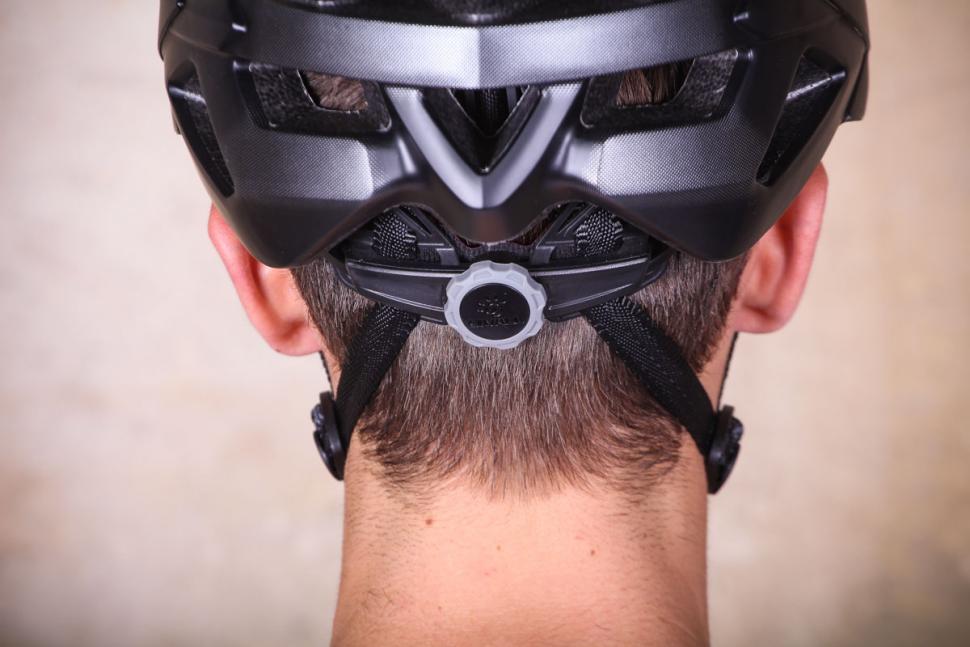

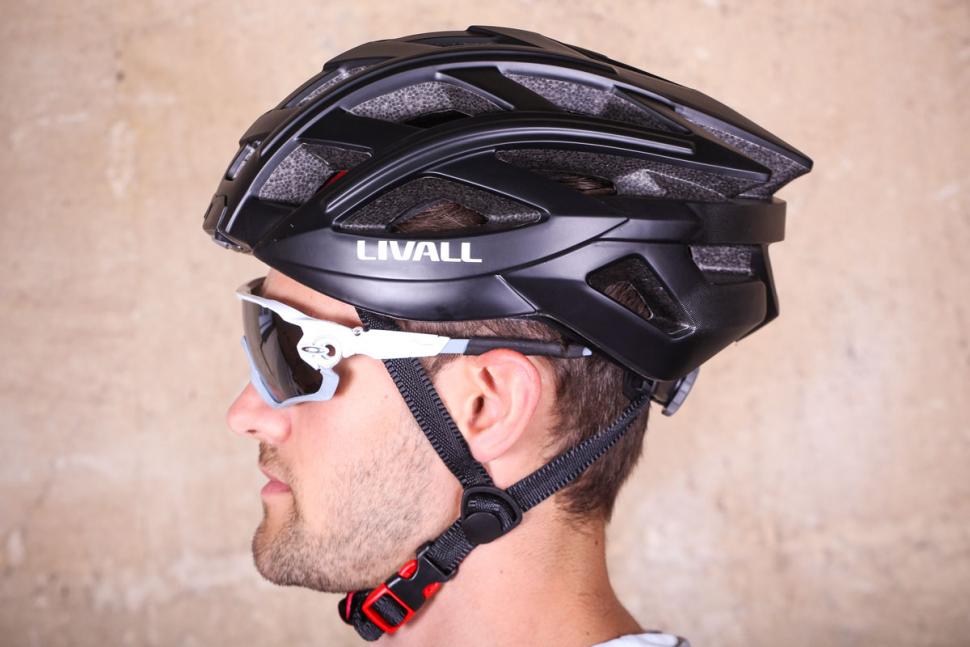
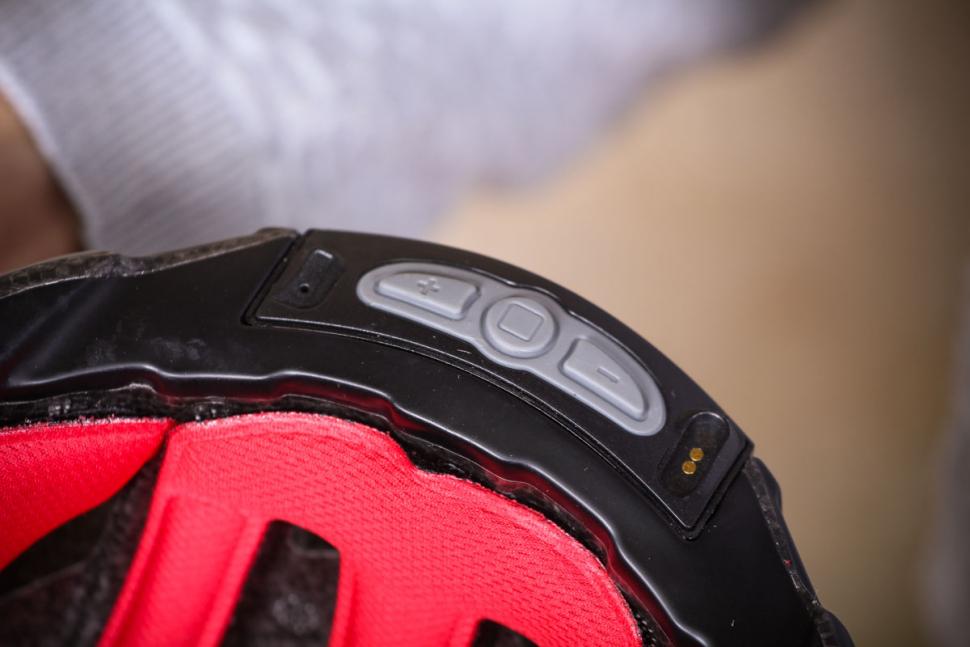




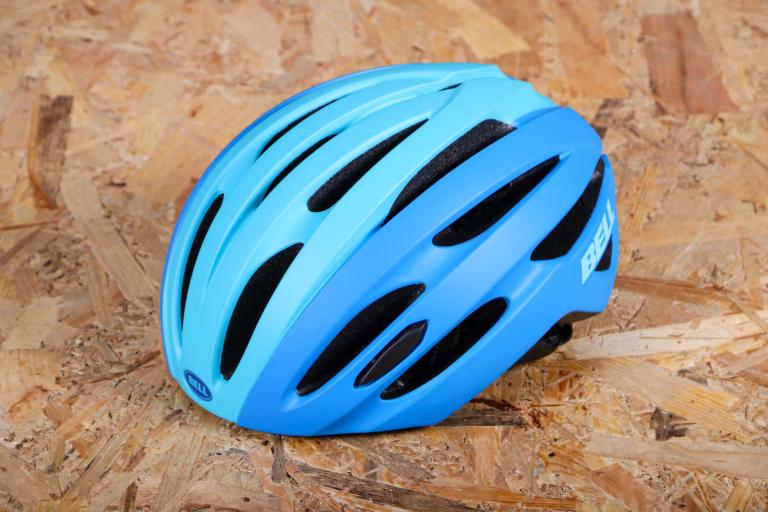

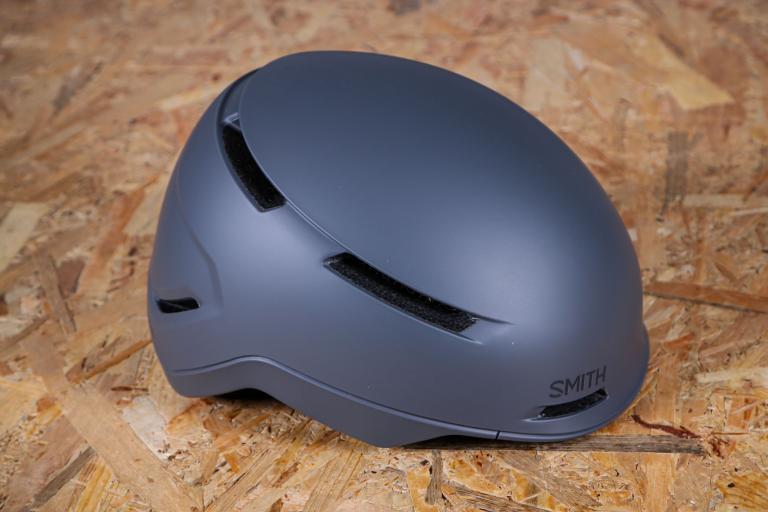
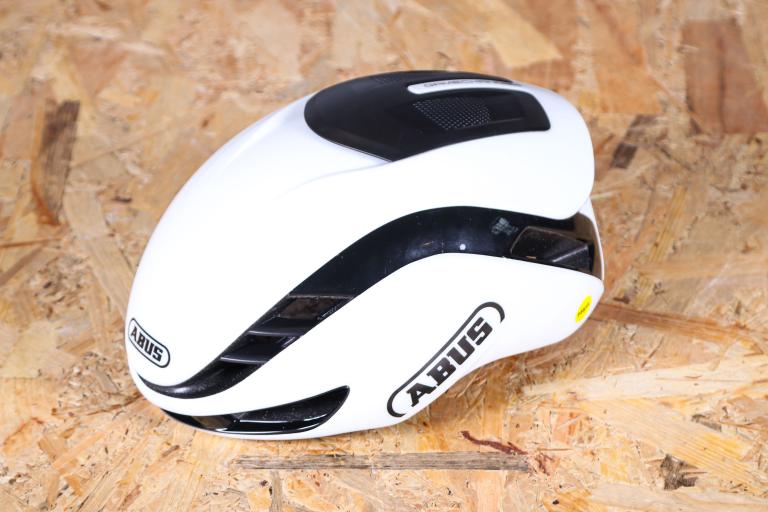
Add new comment
5 comments
I would like to offer my sincerest apologies for the unfavorable experience you had with the BH60SE. I assure you this isn’t a typical situation. We’re normally known for our exceptional attention to detail, and we regret that we missed the mark. Our customers are delighted to own one of our helmets. We welcome constructive criticism, but at the same time like to remedy it.
I’d like to speak with you, further to help like I said: remedy the situation.
My name is Daniel van Aswegen, and I’m the Global Marketing Manager for LIVALL China- please contact me at daniel [at] livall.com.
I also have one of these, but mine's the Aldi MTB version. I'm pretty happy with it, the battery life isn't too bad - I have a 4 commute charging regime, where my fly12, fly 6 Aldi knock and helmet get charged at the same time, which is a little over 3 1/2 hours running time - I also have a spare cable at work just in case. The sound works fine for me, mainly podcasts and the lights are just a nice to have feature, one more thing to make me better seen on dark mornings, but I do not rely on them any more than I would expect a motorist to notice the gimmicky indicators. I have used the phone feature on a couple of occasions and it seemed OK.
I have had one annoying issue, which was the power button became unresponsive, so I couldn't turn it off and had to run the battery down and then recharge it to get it to work again. I have since found a fix for this which is to repeatedly connect and disconnect the charging cable. This seems to reset it and the button starts to work again.
All in all I found it to be a light, practical and comfortable helmet for 79 quid
Thats what I had originally - one of the Aldi MTB versions - found it really good - used it for a while and didn't have any issues with it, but decided that I wanted the Road version instead - so went out and bought myself and the wife one - must admit that they have been pretty good really...
Well, I must say that in mine and my wife's experience of these helmets - we both have one and bought them each a year ago now - these have been fine, not had any problems with them at all...
The fall detection sensor worked well, when I came off my bike in Jan, as does the walkie-talkie functionality - and the phone works well, if I have had to take calls - although, to be fair, that is something I would not do while cycling along - and usually stop for that...
With regards to the earphones - yes, agreed, they are a bit 'tinny' - and not amazing - but then they are designed to be outside the ear, more a loud speaker than earphones, so I didn't expect amazing quality (as I get on my RHA eaphones) - they are still good enough to play my music from my phone, if I wish to - and good enough quality to hear the variations within the tracks...now I generally use them for the walkie talkie connection, rather than the music, as I am usually on a ride with my wife..
The lights are not too bad - agreed again - they are not the brightest and the fact that they are slightly covered by the helmet coating is not brilliant but they do actually work fairly well in poor light conditions (Livell also do the same helmet with lights on the back not coated in the helmet coating - so they are brighter) - think more of additional lights to the the normal rear lights that yu have on your bike and thats the best way of thinking of them.
For the indicators - they actually work well - but then you should never never rely on these alone - the law is clear that your indication should be via the proper arm signal - so these are more a suppliment to your normal indication - I usually trigger the light indicator first then use my arm signal just after pressing the button and way before making my turn - that way my arm is still out as the light is indicating (you can hear the indicators work via the helmet speakers).
The charging lead is easy - it simply plugs into any USB port, while the other end attaches to the helmet via its magnetic charger strip - yeah, its another lead to carry but its tiny and not really anything to get worried about.
In my opinion, for an 'entry level' smart helmet (and the price we paid of £90 per helmet), I honestly don't think its too bad...
I bought this exact helmet last year off Amazon for a decent price. I was fine for listening to podcasts and some music on the go, but as the review mentioned it was poor to use for telephone communications suffering from wind noise despite the Microphone having some shielding, and annoying it's only available in one size which after 2 days usage, I returned it due to being uncomfortable and not having enough adjustment at the read as also pointed out. That magnetic connector is always a concern as should the cable get lost or break, you are stuffed!
The lights were a gimmick and not really worthy of using to replace any rear light, and trying to use the remote on the handlebars as speed was also a concern due to them being small and difficult to operate using gloves during the cold weather.
I ended up purchasing a Sena R1 helmet which whilst more expensive, provided a much nicer experiance in terms of battery life, sound quality, and comfort and it's now my go to helmet for everyday rides and I also use it with a friend who has one to communicate with and it works great in windy weather saving having to shout to each other instructions etc.